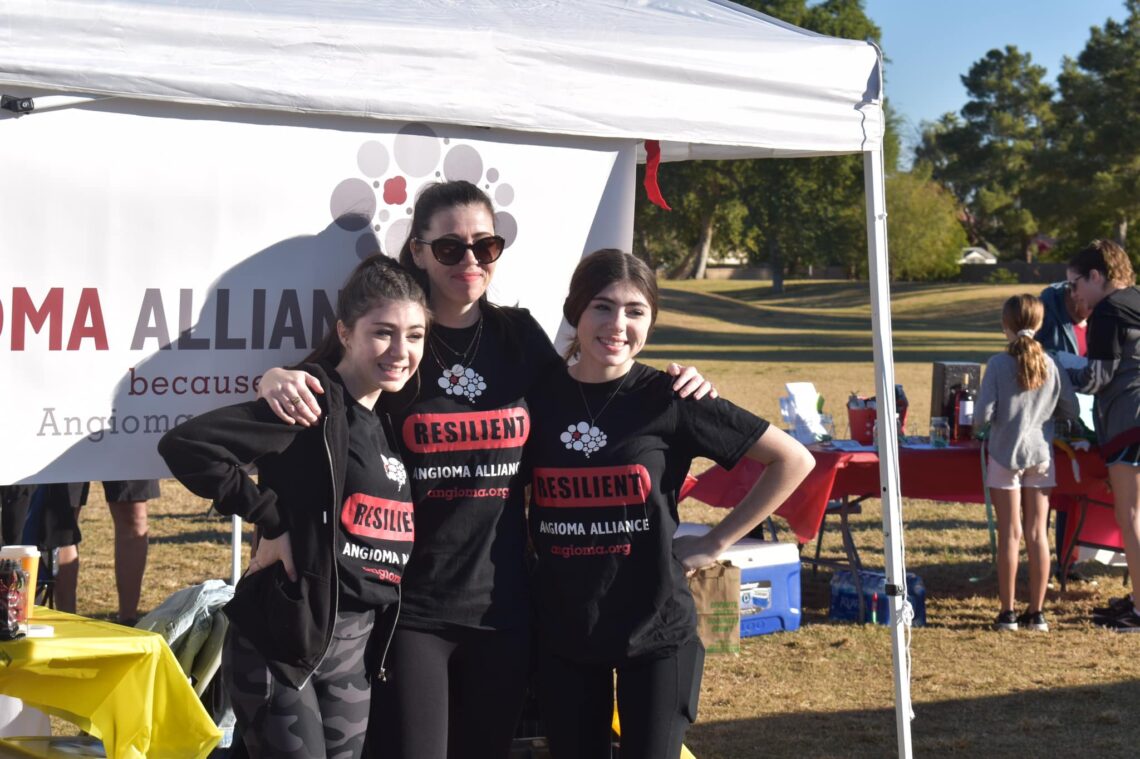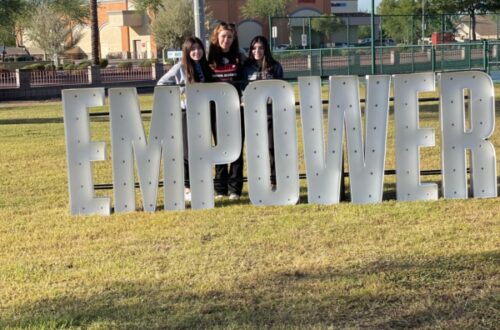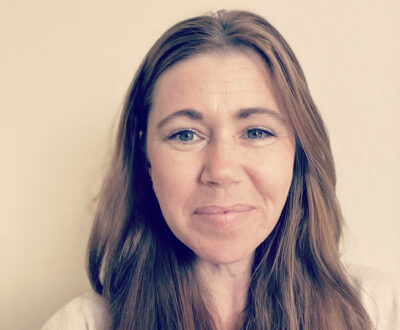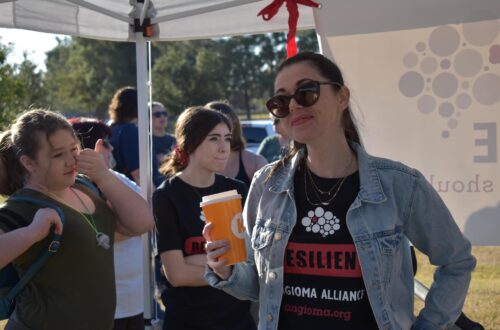
Diagnosis Day: Every Story Has a Beginning
I don’t know that the English language has developed the words to describe quite how I felt the moment I heard the official diagnoses for my twins. Shock, sadness, grief, anger, resentment, panic, loss, terror. None of those seemed to really convey the gravity of my feelings.
What I do know is that I was sitting at home, working at my new job, minding my own business when life as I knew it changed. Twin A was at school and called to let me know that she was waiting with a bunch of teachers and her sister for an ambulance. Twin B had a seizure and they were taking her to the hospital. I threw on my shoes, grabbed my bag, and ran out the door to get to the school and pick Twin A up.
The short 15-minute ride was made much shorter by my maniacal driving (which I do NOT recommend if you find yourself in the same situation). I flipped back and forth between panic and determination several times. I called my boss to let her know I wouldn’t be finishing that article I was supposed to be getting up today and why. Calling my boss was something productive I could do while I waited for that stupid stoplight to turn green. Of course, she immediately told me not to worry and take whatever time I needed. To send her a quick update when I could.
I flew into the parking lot where Twin A was standing outside the office entrance with about a dozen teachers and administrators. I threw the car in park and sprinted for her, completely unaware of the crowd wishing us well. The second I reached out for my 16-year-old girl she burst into tears and quite frankly, I almost did, too.
A brief moment later we were off to the ER to meet the ambulance which was transporting my girl for a complete workup. In the car Twin A told me that Twin B had a seizure in Help Center class, which is basically a resource class for kiddos who struggle with sensory processing and might need a bit more instruction. This class was built into a small percentage of the student body’s day and they had a full class period for extra help with a resource teacher. Because of that and COVID, it was a VERY small class. There were only 2 of them that day. The teacher kicked the one girl out of the office, called 911, and sent for Twin A.
Adrenaline is the only thing that comes to mind right now. I MOSTLY followed the laws of the road since I had my girl in the car. MOSTLY because let’s be honest, I was still desperate to get to her sister. There are plenty of memories during that 15-20 minute. But those memories are broken and all over the place. I remember calling my husband, calling my ex-husband (the girls’ dad), and calling my sister-in-law at various points during my car travels that morning. Maybe I called my father…? Maybe he called me…? Hard to say.
A few hours and a CT among many other tests later, we were being sent to the local Children’s hospital about 20 minutes away by ambulance for a more thorough neuro exam. The trauma physician saw what he thought was an AVM on her brain and wanted us to see neuro at Phoenix Children’s Hospital to be sure.
Of course, it was just me and Twin B at the ER at the children’s hospital. I lost count of doctors and tests at some point. They were probably measured in dozens by nightfall. MRI, EKG, ECG, blood tests, all kinds of questions dating all the way back to her birth at 33 weeks gestation. When nurses came in to check vitals I would slip into the hall and give what little information I had to her father, my husband, and my sister in law who was spreading the word there. I was also fielding calls from her school and community parents were messaging to see if she was OK.
At about 9 pm a doctor in scrubs and a surgery cap came into the room and sat down with us. Dr. Shafron was the first doctor all day to come into a room, acknowledge me, and then speak directly to Kaydence. Not just about what brought her in, but also about her as a person. How does she like school, what class was she in, how is the teacher of that class, what sports is she involved in?
After a few moments, he asked if anyone had explained what her official diagnosis is. Since they weren’t in terms I could understand at that point, he put his bag down and pulled out his ThinkPad to show us her MRI images. She had 6 lesions throughout her brain and 2 of them were bleeding in her sensory strip, right against her motor strip. This is what caused her tonic-clonic seizure. He asked her a bunch of questions about the last several weeks and to my surprise, she had been having what he identified as sensory seizures for about a month but never mentioned it to me since she didn’t know what it was.
He noted that she is an identical twin and her official diagnosis is Familial Cerebral Cavernous Malformations. This is a genetic brain disease which means her twin also has it. He was concerned, but not panicked, about getting her sister into an MRI machine with contrast to see how many lesions she had and if they were bleeding or causing her problems we didn’t yet know about.
I took out my iPad and started taking notes while he talked. He explained that these 2 lesions were likely to continue to bleed or re-bleed once they stopped and cause more seizures which could eventually cause irreversible debilitating damage to her brain. Dr. Shafron explained that he would bring her case to the conference the following week to see what the recommended treatment would be. Familial CCM has no cure and brain (and in rare cases spine) surgery is the only treatment of the lesions. He gave me his personal cell phone number, let us know she would be staying in the hospital overnight to get her seizure meds onboard and a stable EEG, and then we would go home and wait for him to call.
When he left the room Twin B looked at me with a level of exhaustion I couldn’t quite grasp, even as a twin mom. My poor girl had been through IT, y’all. She quickly fell asleep and I started to research. There is little to no helpful information on this diagnosis that actually makes sense. I’m not a doctor. I’m not a scientist. I’m an ASU dropout who never even passed a biology class. Never. I mean, I lucked out and got to take Life Science twice just to graduate high school. Science is NOT my jam. But I had to learn. Fast.
Over the days and weeks to come, I found a small community and a supportive rare moms community. These moms chatted with me at all hours. They gave me hope and resources. They helped me to process my grief, my shock, my hopelessness, and my anger. They have no idea how much of an impact they made on me, and probably never will. But if I can make the tiniest fraction of a positive impact on just one rare mom, I’ll feel like it’s a small silver lining to this life I’ve been thrown into.
Check out the Angioma Alliance for more information on my girls’ diagnosis or to donate to their efforts to find a cure and non-invasive treatments today!
Recent posts





6 Comments
Kate
I remember that day so clearly. Well written as always.
mloden
Thank you! And thank you for being such a huge support to me and my girls!
Chris Coates
I heard this story too close to mynown brain surgery, so it is like an all new story to me! I teared up and felt anxious reading it, since I know you all so well now. I wish I was able to be there for you all at the time, but I am so grateful to know you now!!!!
mloden
Thank you! So thankful to have you in our lives!
Jacquelyn Burns
I don’t know what to say after reading your post. You have a beautiful family and I will keep you in my prayers.
mloden
Thank you so much for reading and for your support!